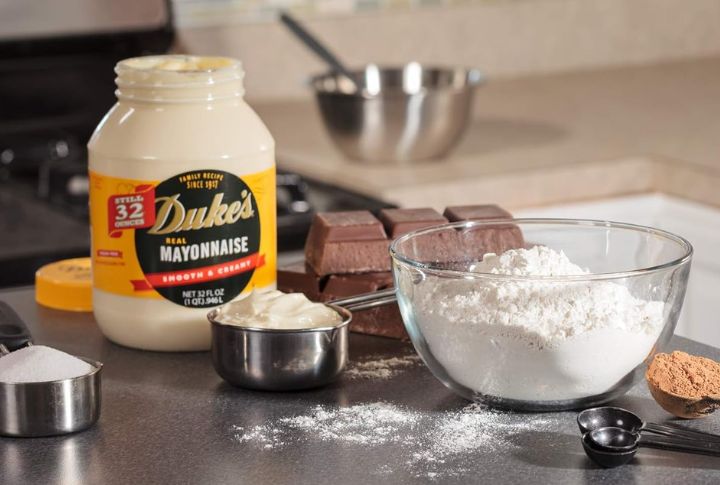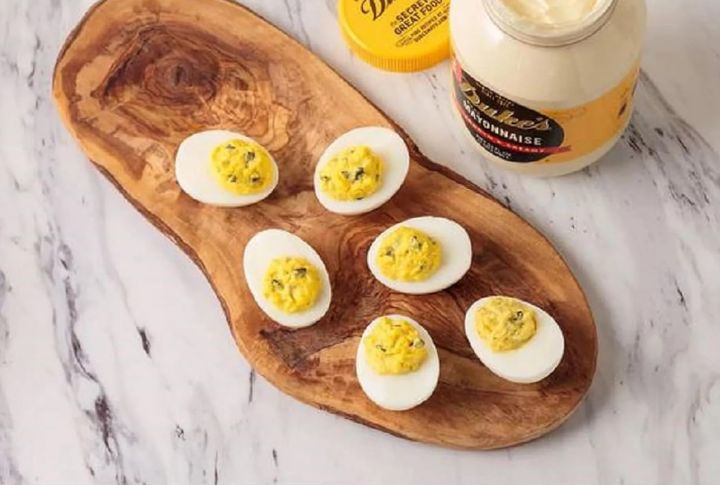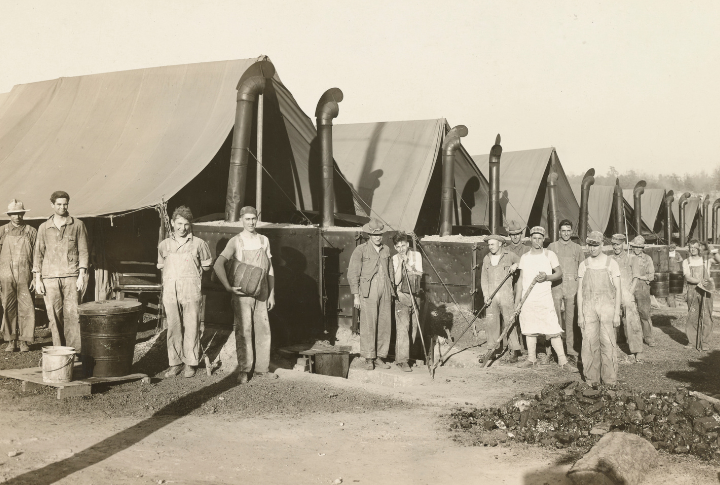
Duke’s has been a quiet staple in Southern kitchens for over a century. Its fans are loyal, and its flavor speaks for itself. The story behind the brand runs deeper than most expect. Some aspects of its legacy remain unknown to many. Here are 10 that stand out.
Created For Sandwiches, Loved For Everything

The original recipe wasn’t designed for coleslaw or potato salad. Eugenia Duke whipped it up in 1917 to hold together sandwiches she sold to young men training at a camp in South Carolina. The tangy spread stuck around long after the sandwiches were gone and earned its own fanbase.
Southern Roots, National Devotion

Many products claim Southern origins, but Duke’s stayed close to its roots for decades. For much of the 20th century, it was nearly impossible to find outside the Southeast. Those who moved away often had jars mailed from home or packed them in suitcases like contraband.
Devotion Sparked A Shortage

When supply chain issues hit grocery shelves in 2020, Duke’s was one of the first condiments to vanish in certain regions. Longtime fans weren’t having it. Some drove hours to stock up, while others tracked down restaurant-sized tubs to keep their kitchen stash going.
The Yolk-Only Rule That Defines Duke’s

Since its WWI origins, the recipe has stayed remarkably consistent. It features a higher ratio of egg yolks than other brands, with no added whites or sugar. That rich, tangy profile never changed, even after the 2019 ownership switch. The new team made one promise: keep the formula intact. And so far, they have.
Vinegar Is The Star Ingredient

Most mayo brands balance their flavor with sugar or extra oil. Duke’s turns up the acidity with a bold vinegar profile that changes how it interacts with ingredients. It cuts through fat in egg salads or fried dishes and adds brightness without drowning out other flavors.
Still Produced In The Carolinas

Production hasn’t strayed far from where it all began. Today’s Duke’s comes out of plants in Mauldin, South Carolina, and Easley, just a short drive from its original home. Despite national growth, the company never shifted operations to more significant manufacturing hubs.
Recognizable By The Yellow Label

That classic yellow-and-black label hasn’t changed much in over a century. The bold design stands out on shelves crowded with white, red, and blue jars. For many, it’s as familiar as the taste inside. You can spot it instantly in a grocery aisle or someone’s fridge.
Famous Chefs Are On Board

Top chefs nationwide have quietly kept Duke’s in their kitchens for years. It’s appeared in restaurant sauces, burger joints, and even on upscale menus—sometimes with no mention. Professionals appreciate its ability to withstand heat and deliver a bold flavor that complements ingredients rather than competing with them.
Duke’s Mayonnaise Was Initially Sold In Glass Jars

When Duke’s Mayonnaise was first introduced in 1917, it was sold in glass jars, which were reusable and gave the product a premium feel. The brand later transitioned to plastic containers as it grew in popularity, but the glass jars remain a nostalgic symbol of its heritage.
There’s A Mayo Trail In Duke’s Hometown

Greenville, South Carolina—where Duke’s was born—now hosts a self-guided “Mayo Trail” celebrating Eugenia Duke’s legacy. The tour includes local restaurants serving dishes made with Duke’s and historic stops like her original bottling site and Camp Sevier. It’s a Southern food pilgrimage with tangy roots and real hometown pride.
Leave a comment